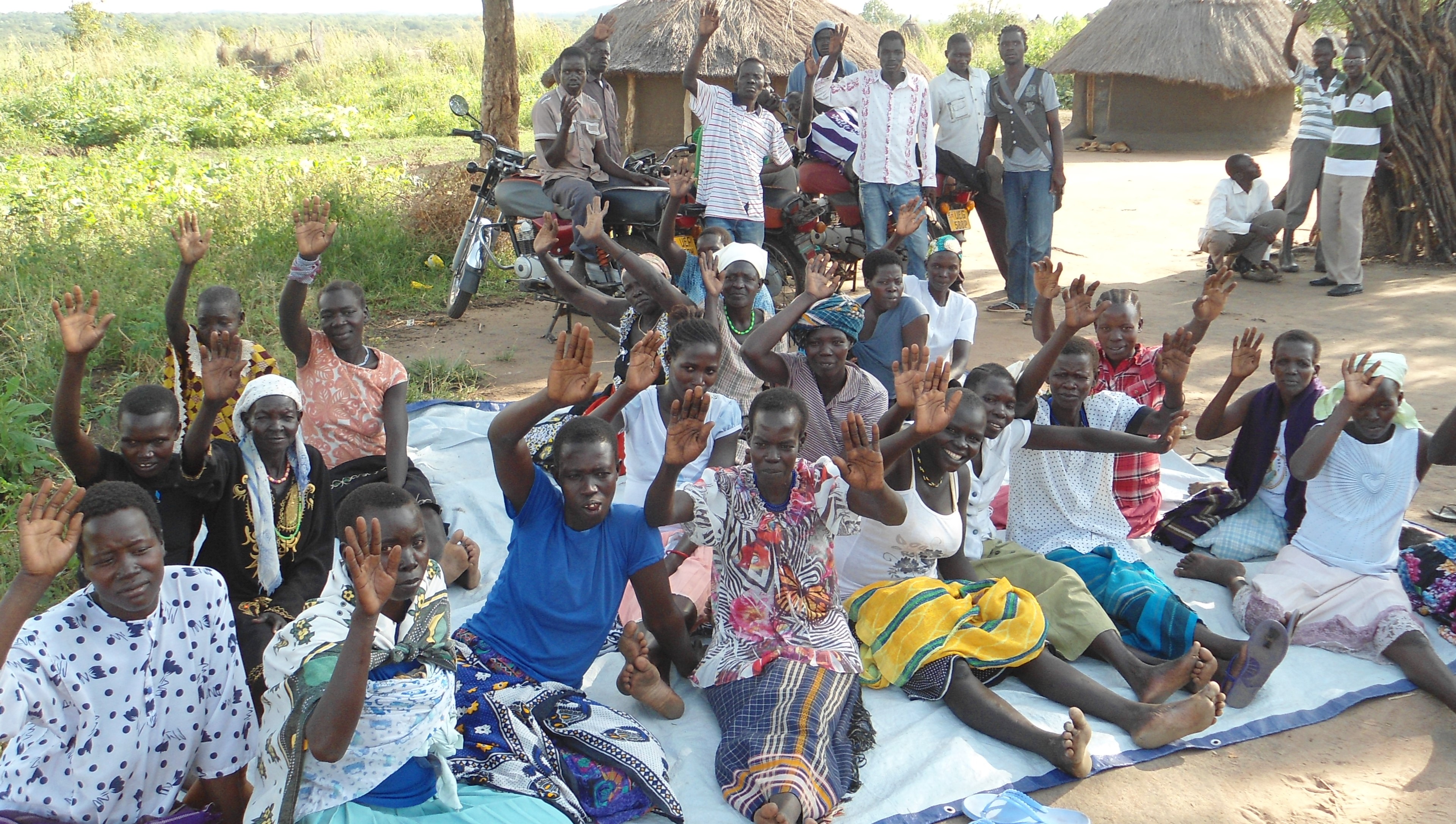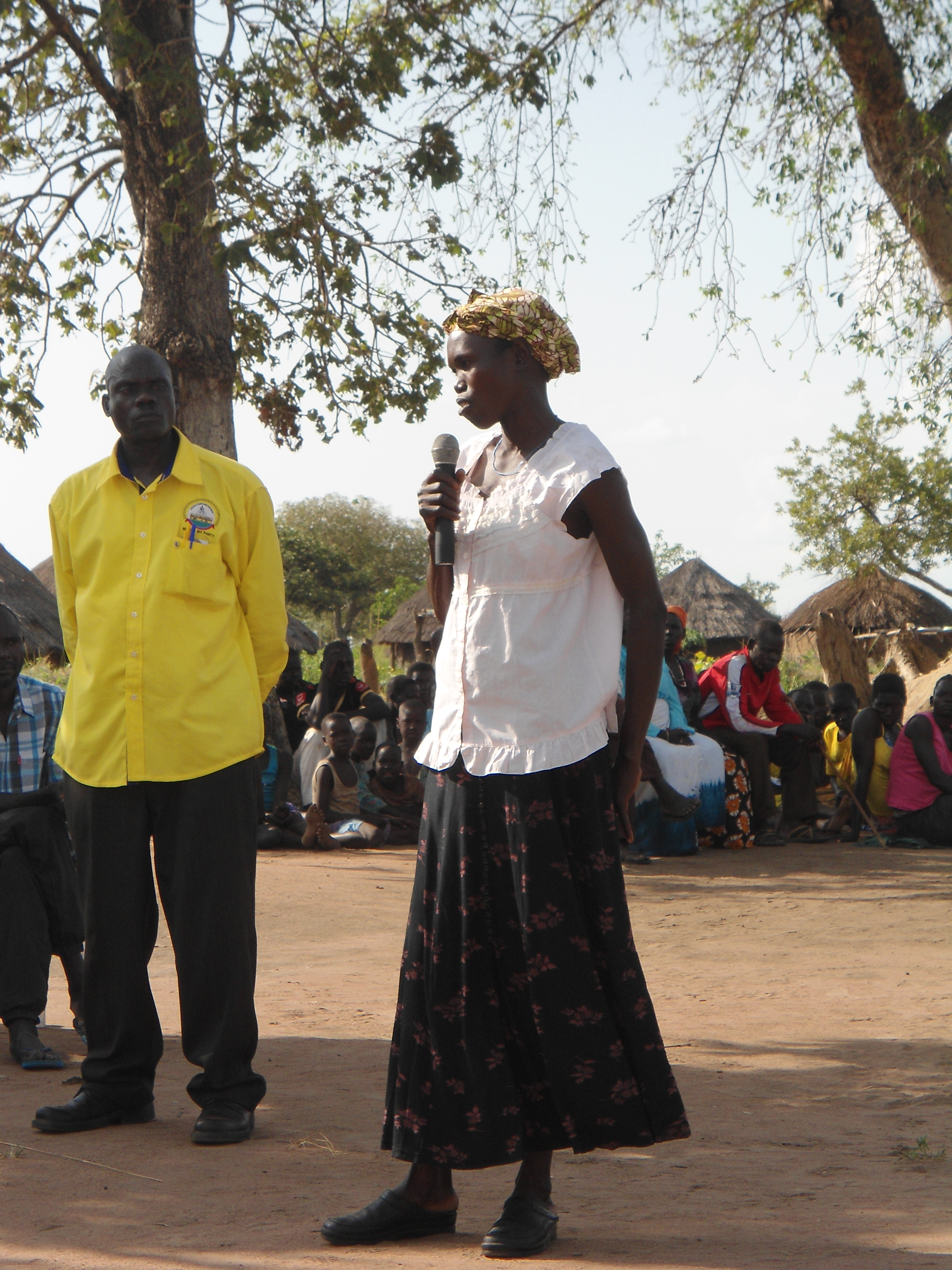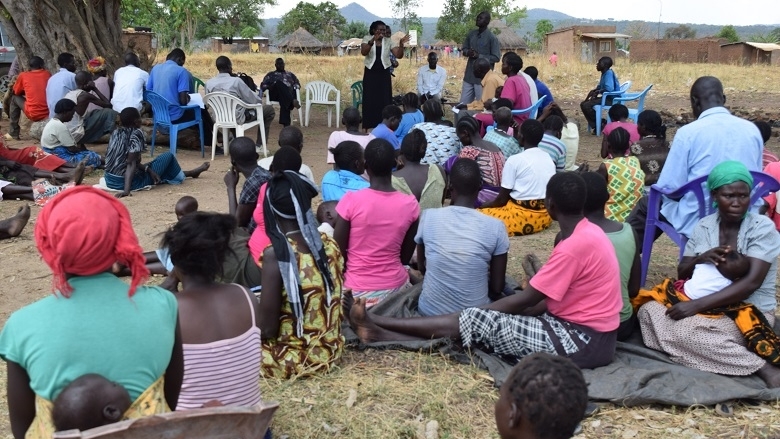The waters of the Nile River are the heart of East Africa, providing a vital source of drinking water, irrigation, fish, hydropower, and transport to 200 million people living in the basin. The Nile spans 10 countries – Burundi, Democratic Republic of Congo, Egypt, Ethiopia, Kenya, South Sudan, Sudan, Rwanda, Tanzania and Uganda – making for complex transboundary relations, especially between upstream and downstream countries along the river.
Amidst increasing climate change events, the link between national and regional governments and local communities is crucial to creating response measures to benefit vulnerable populations. But the Nile Basin’s vast geography and diversity in cultures, languages, and interests require that outreach and support to civil society be thoughtfully designed, tailored to local contexts and timely.
For this reason, CIWA is supporting the Nile Basin Discourse (NBD), a network of civil society organizations from across the Nile Basin, to influence the investments under the Nile Basin Initiative (NBI) and other programs. Meaningful engagement on projects that affect communities across borders can often be challenging.
To ensure that community voices are heard, Hellen Natu, the regional manager of the NBD, works to actively include local stakeholders which has led to benefits for both local communities and better investments.
“We focus on moving the community voices upward. Reaching the community, the people, is reaching the roots. That is the only way a society can know its failures and how to turn them to successes. This is the pivotal thinking of the Nile Basin Discourse,” said Dr. Natu.
The community consultations for the $470 million Rusumo Falls Hydropower Project at the Rwanda-Burundi border is a recent example of including citizen voices in project design.



